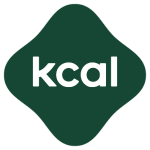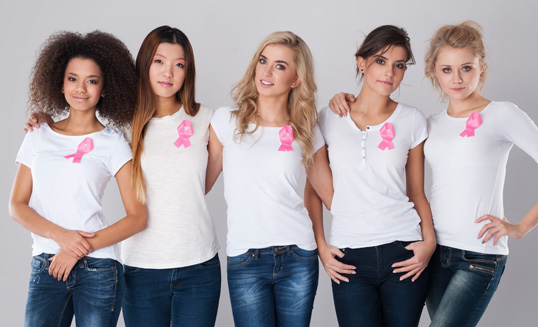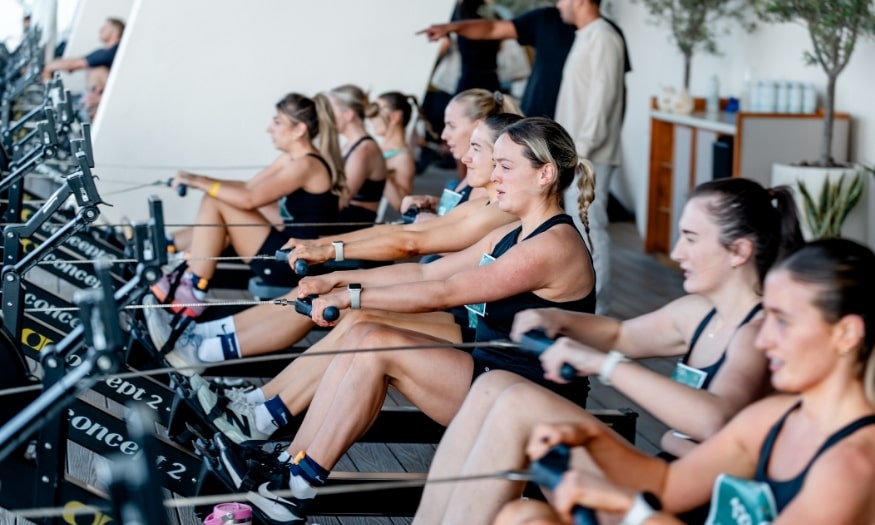In recent years the statistical picture of breast cancer has brightened, thanks to early detection and advances in treatment. More tumors are being caught at an early stage; the rise in incidence of the disease has slowed; and the death rate has dropped. Nevertheless, breast cancer is still the most commonly diagnosed cancer in women and the second most likely (after lung cancer) to take their lives.
Data aside, breast cancer looms large in our health concerns because most of us know it personally. Some of us have had the disease ourselves, and others have experienced it through friends or relatives. Particularly unsettling is its seeming randomness: Nothing seems to explain why one woman develops breast cancer and another doesn’t. Granted, family history and certain gene mutations can substantially increase risk. But such factors aren’t involved in most breast cancers. Moreover, we can’t do much about them, or about many of the other risks associated with the disease, including older age (the 10-year risk of developing breast cancer jumps from 1 in 48 at age 40 to 1 in 26 at age 60), early menarche (first menstrual period), having no children (or bearing the first at a later age), and late menopause.
Researchers have found associations between certain nutritional factors and breast cancer risk, although not all associations have resulted in risk-reducing strategies. For example, the American Institute for Cancer Research has found there just isn’t enough evidence to recommend for or against many of the things that once seemed promising, such as eating more soy or taking supplements like vitamin E, vitamin C, or selenium. Researchers have found little support for the common assumption that dietary fat increases breast cancer risk, and the evidence that fruits and vegetables are protective is weaker than was once thought.
But evidence is accumulating that we can lower our risk through certain healthy lifestyle choices, such as increased exercise, and clinical studies suggest some medical strategies. Medicine had much less to offer as recently as 1996, when the best we could say was, “Unfortunately, there is little we can do to reduce our risk of breast cancer.”
New information is developing all the time, but for now, here are seven factors that could affect your risk and what you can do about them:
1. Weight gain
Many studies show that weight gain is a risk factor for breast cancer after menopause. An American Cancer Society study found that women who gained 20–30 pounds during adulthood (that is, after age 18) were 40% more likely to develop breast cancer after menopause than women who gained no more than 5 pounds. The link is estrogen, which is believed to promote the development of breast cancer. Fat tissue converts precursors in the body into estrogen, keeping the hormone in circulation even when ovarian production stops at menopause.
A Nurses’ Health Study (NHS) investigation published in the July 12, 2006, Journal of the American Medical Association concluded that weight gain since age 18 or since menopause increases the risk of breast cancer in postmenopausal women, except those who are using postmenopausal hormone therapy. (In women taking hormones, the external source of hormones is much higher than what can be made by body fat, so the fat doesn’t contribute to increased risk.) The NHS researchers also found that losing 22 pounds or more after menopause decreased the risk of breast cancer.
What to do? Do all you can to avoid gaining weight as an adult, and try to enter menopause at a healthy weight. If you’re overweight, try to lose weight.
2. Activity level
Many studies have shown that women who engage in regular physical activity have a lower risk of developing breast cancer compared with women who are sedentary. You may reduce your risk by 20%–30% by getting three to four hours of weekly exercise, from moderately intense (brisk walking and yoga, for example) to vigorous (such as jogging, cross-country skiing, and aerobic dance). Exercise also reduces the risk of recurrence if you have been treated for breast cancer.
Regular exercise works in several ways. It can help you achieve and maintain a healthy body weight; it may influence circulating hormones and reduce the exposure of breast tissue to estrogen; and it can influence levels of insulin and insulin-like growth factors, which have been linked to the growth of breast cancer cells.
What to do? To reduce breast cancer risk, the American Cancer Society recommends moderate to vigorous activity for 45–60 minutes on at least five days of the week. (This is a step up from the 30 minutes of moderate activity most days of the week that’s recommended for reducing chronic disease risk in adulthood.) Formal exercise (such as walking programs, swimming laps, cardio-fitness workouts, or aerobics classes) is a good way to get a sustained workout. But you can also do housework or gardening activities — as long as you breathe as hard as you would during a brisk walk or jog.
3. Alcohol
Women who consume even a few drinks per week have an increased risk for breast cancer. It’s not known exactly why. Alcohol may raise estrogen levels, an important player in the development of breast cancer. It may interact with carcinogens or inhibit the body’s capacity to detoxify them.
Several studies, including the Nurses’ Health Study, suggest that the increased risk for breast cancer associated with alcohol occurs mostly in women who don’t get adequate amounts of the B vitamin folic acid. The same is true for colon cancer risk, which is more common among people who drink. According to Harvard School of Public Health nutrition expert Dr. Walter Willett, people who drink alcohol and get 600 micrograms (mcg) or more of folic acid every day aren’t at increased risk.
What to do? Women at average risk for breast cancer should limit their intake of alcohol to one drink per day. Women who have had breast cancer or are at increased risk for it for other reasons may want to avoid alcohol altogether. If you drink, make sure you get enough folic acid (at least 400 mcg per day), either in your multivitamin or in the form of folate in foods such as leafy greens, peas, dried beans, or enriched cereals and whole-grain products.
4. Vitamin D
There’s mounting evidence that vitamin D helps protect against several types of cancer, including breast cancer. For example, one study found that women who got plenty of vitamin D in early life — either in their diet or by spending time outdoors, where sun exposure triggers vitamin D production in the skin — had a lower risk for breast cancer. Another investigation linked high blood levels of vitamin D with a 50% reduction in risk for breast cancer. Reaching those levels requires more than the recommended intake of 400 International Units (IU) of vitamin D per day for women ages 50–70.
What to do? Experts have already begun to recommend 800–1,000 IU of vitamin D per day for adults, partly out of concern that we aren’t getting enough of the vitamin from sunlight to protect our bones and partly because of its association with reduced cancer risk. Natural food sources of vitamin D are limited, and not everyone can get the amount of sunlight needed to trigger adequate vitamin D production in the skin. The best bet is supplemental vitamin D. A standard multivitamin usually supplies 400 IU; you can get an extra 400 IU in a vitamin D supplement or in a calcium supplement containing vitamin D.
5. Medical risks
Lifetime exposure to estrogen is a risk factor for breast cancer, so there is some concern about women’s use of oral contraceptives and postmenopausal hormone therapy.
The Nurses’ Health Study found that women taking birth control pills have a slightly increased risk of breast cancer, but it falls to average within 10 years of stopping. An analysis published in the Mayo Clinic Proceedingsfound that premenopausal women who use birth control pills have a slightly increased risk of developing breast cancer before age 50, especially if they started taking them before having their first child.
The Women’s Health Initiative trial showed that long-term use of combined hormone therapy (estrogen and progestin, as Prempro) slightly increases breast cancer risk, although the level of risk drops back to normal five years after stopping the hormones. Estrogen therapy alone does not seem to increase the risk.
Studies have shown that women who took the drug diethylstilbestrol (DES) during pregnancy (to reduce the chances of a miscarriage) have a higher risk of developing breast cancer. Research suggests that the daughters of women who took DES are also at increased risk.
What to do? Birth control pills and hormone therapy have risks as well as benefits. Discuss them with your clinician before deciding whether to take them or for how long. If you know your mother took DES when she was pregnant with you, or if you took DES yourself, let your clinician know so you can discuss a screening schedule.
6. Breast density
Breasts are regarded as dense if they have less fat and more connective and glandular tissue. These features are more common in younger women’s breasts, but they are also found in many older women, especially those taking combined hormone therapy (estrogen and progestin). Breast density is also partly a heritable trait.
For reasons that aren’t fully understood, women with dense breasts are at increased risk for breast cancer. In fact, breast density is trumped only by age and the BRCA1 and BRCA2 gene mutations in the hierarchy of risk factors. One possibility is that dense breast tissue contains more cells and is therefore more influenced by growth factors and hormones that make cells divide.
What to do? Unfortunately, breast tumors (both cancerous and noncancerous) can be difficult to distinguish against a background of dense breast tissue on a mammogram. That’s because tumors and dense tissue appear white; fatty tissue, on the other hand, looks darker and provides a contrast to the tumors. Digital mammography has been shown to improve cancer detection in women with dense breasts, because it allows the radiologist to fine-tune images so that tiny abnormalities stand out better. Ultrasound or MRI can also help answer questions raised by a suspicious mammogram. Much more needs to be learned about breast density before official recommendations can be made. In the meantime, if you have dense breasts, talk to your clinician about screening with digital mammography.
7. Chemoprevention
In 1998, the 13,000-woman Breast Cancer Prevention Trial demonstrated that taking the anti-estrogen drug tamoxifen (Nolvadex) for five years cut the incidence of breast cancer by 49% in women at increased risk for the disease. Another prevention trial, the Study of Tamoxifen and Raloxifene (STAR), reported in 2006 that raloxifene (Evista) — already approved for preventing osteoporosis in postmenopausal women — works as well as tamoxifen in reducing the risk of invasive breast cancer. Newer drugs called aromatase inhibitors, which are approved for the treatment of breast cancer, are in trials as preventives, but results won’t be known for several years.
What to do? If you have an elevated risk for breast cancer due to family history, age, genetic mutations, or other factors, talk to your clinician about whether tamoxifen or raloxifene might be appropriate for you. Both pre- and postmenopausal women can take tamoxifen; only postmenopausal women can take raloxifene. Both drugs can have serious side effects — for example, tamoxifen increases the risk for endometrial cancer — so you’ll need to weigh the decision carefully.
Source: health.harvard.edu/






